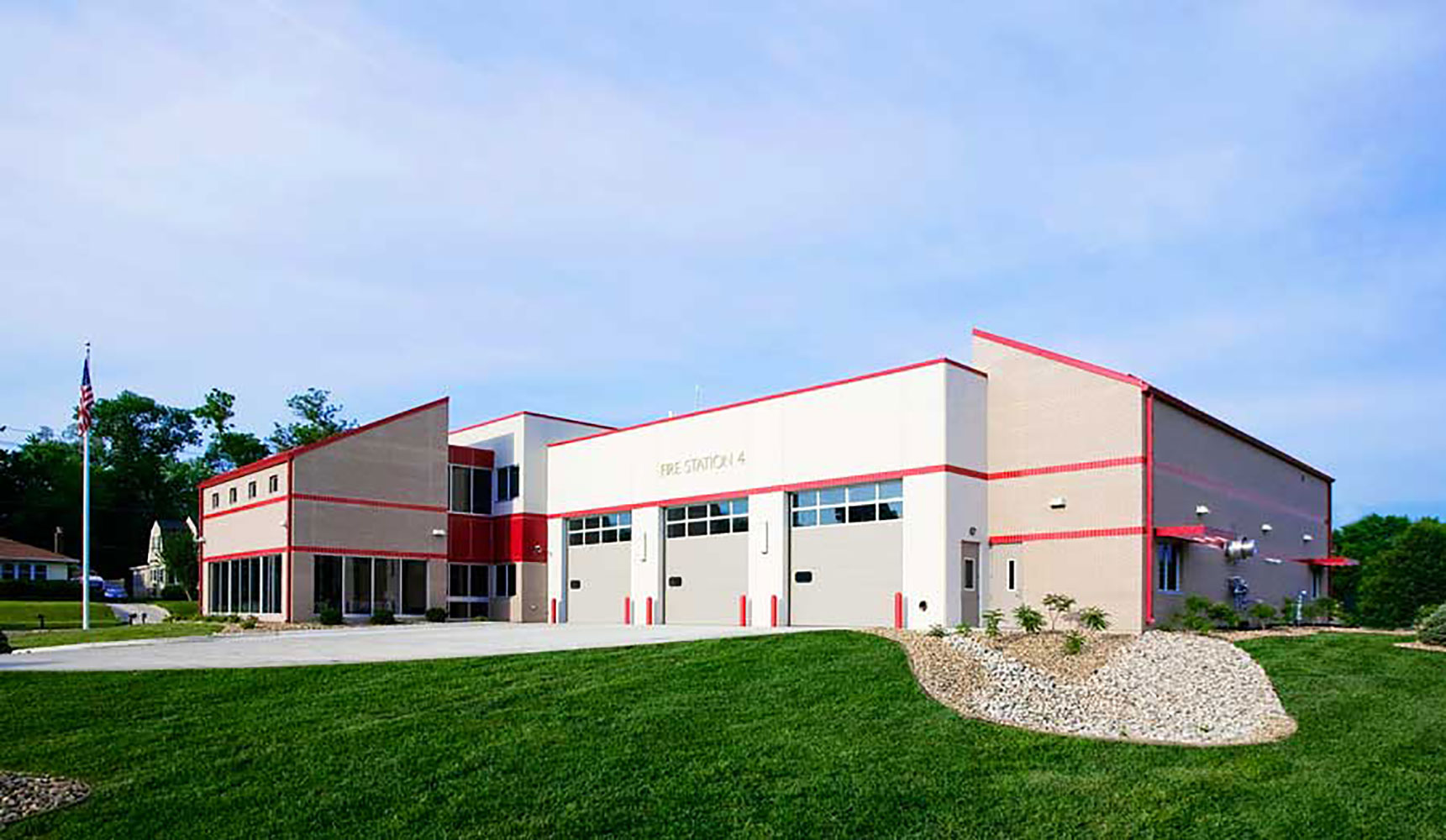

Recent surgical guidelines are favoring the use of sterile processing rooms over substerile rooms located within the surgery suite. When planning the construction of an operating room, it’s important to think of medical gas, lighting superstructures, utility lines, heating and ventilation systems, and data and communication interfaces as base layers that must be established before work commences. Without careful planning and installation of these essential systems, the operating room cannot function efficiently. Successful placement of operating room furnishings and equipment is dependent on the supporting utility and architectural systems that are installed during the construction process. While ceiling mounted surgical lights and video screens are the most natural fit for surgical booms, facilities may choose to mount endoscopy towers, anesthesia systems, medical gas systems, data jacks, suction ports, and more. It isn’t uncommon to see wide range of equipment and system ports located on booms that can be positioned easily for a variety of procedures. In modern operating room design, ceiling mounted booms have allowed operating room designers to negotiate around limited floor space. Larger rooms offer more flexibility for positioning the operating room table, because there will always be enough space to move around the perimeter. Robotic Surgery Control Console - 6ft x 6ft behind or at the side of the anesthesia machine.Īn easy way to make sure there is enough maneuvering space in a smaller operating room is to center the design around the surgical table.Robotic Surgery - 5ft x 5ft at foot of table.Transesophageal Echocardiograph (TEE) 4ft x 2ft.Anesthesia Cart - 2ft x 5ft (single) 2ft x 7ft (double).Nitrous Oxide Machine - 4ft x 4ft - right side head of table.A modern OR needs to be able to accommodate all of these, while still maintaining space for all surgical staff to move efficiently through each procedure.

A few of these tasks, including patient transfer, sterile equipment setup, and using a mobile C-arm during procedures, take up a sizeable amount of space. Room Orientation and LayoutĬurrent space expectations in today’s operating roomĪ crucial part of planning the layout of any operating room is arranging all of the necessary equipment while accounting for all of the daily tasks performed there. This would allow more flexibility than using more traditional millwork or other permanent structures. A less drastic option from the ASA would be to rely on modular furnishings and partitions that can easily be changed. If increasing the size of an existing OR space is unavoidable, a facility can use the adjacent space to expand without eliminating critical systems. One contingency plan for growth, outlined in the American Society of Anesthesiologists’ Operating Room Design Manual, is to plan for “soft space” around an OR. Whether facility expansion is necessitated by regulatory changes, or as the side effect of a rapidly growing practice, the expertly-planned OR can adapt and grow if needed.
Lab room planning tool full#
See a full list of potential OR equipment > Estimated Industry-Standard Operating Room Sizes Operating spaces designed for specialized procedures generally require more staff, and are recommended to be at least 600 square feet. In its 2014 Operating Room Requirements Guidelines, the Facility Guidelines Institute recommends that the minimum inpatient operating room size be no less than 400 square feet. Further designs for accompanying spaces are also key.


These can easily be broken down into the room’s size, orientation and layout, and supporting systems. What will be the focus of the new operating room? Does the facility plan to integrate or expand its imaging capabilities? Will the new space require more room for specialized procedures, which can require a larger surgical staff? To begin the planning and design phases, several factors must be taken into account. This not only includes the surgery team, but also those in radiology, administration, laboratory, and beyond. Are there any navigation or bottlenecking issues in the current operating room? During this process, identify and consult with staff members to collect their feedback. Evaluate the Current Operating Roomīefore officially embarking on the facility planning process, it’s necessary to take stock of how existing operating room space is utilized. Often, this includes an evaluation of current practices. To make planning and construction go smoothly, it helps to consider every possible variable at the outset of the growth process. Building a new operating room is a complex process that involves balancing needs of facility staff with construction costs, while also looking forward to future healthcare trends.


 0 kommentar(er)
0 kommentar(er)
